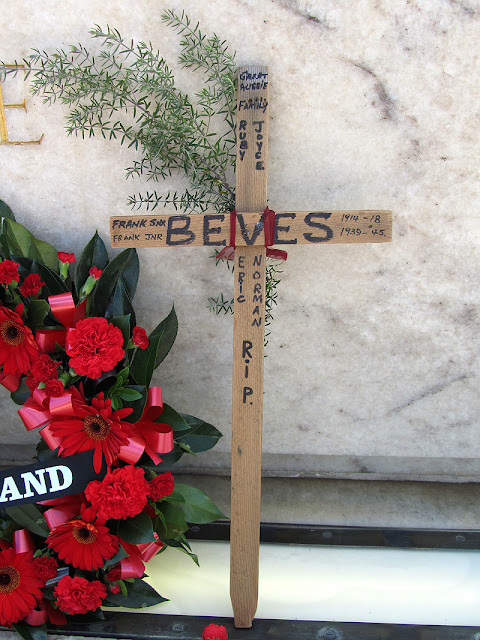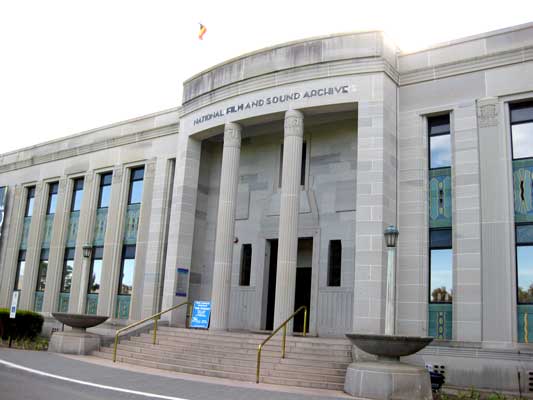Today is
ANZAC Day, and it marks the 96th anniversary since the disastrous
landing at Gallipoli, the first major military action fought by Australian and New Zealand soldiers in World War I.
Frank Augustus Beves joined the Australian Imperial Force on 22 September 1916. Born in Newtown, Sydney, he was 26 years and 8 months old when he enlisted. He worked as a fireman in civilian life, and lived at Camperdown with his wife, Ruby Florence Beves. Frank was 5' 9" tall, with fair hair and blue eyes. Having passed his medical, he was assigned to the 38th Battalion, 5th Reinforcements. He was shipped to England, and in April 1917, Private Beves was sent overseas to fight on the front line in France. Wounded in action later that year, he seems to have spent time in and out of hospital in England, and eventually came home to Australia in January 1919.
[Information accessed from the National Archives of Australia online database]
In Flanders fields the poppies blow
Between the crosses, row on row,
That mark our place: and in the sky
The larks, still bravely singing, fly
Scarce heard amid the guns below.
We are the Dead. Short days ago
We lived, felt dawn, saw sunset glow,
Loved and were loved, and now we lie
In Flanders fields.
Take up our quarrel with the foe:
To you from failing hands we throw
The torch; be yours to hold it high.
If ye break faith with us who die
We shall not sleep, though poppies grow
In Flanders fields.
John McCrae (1872–1918)

































